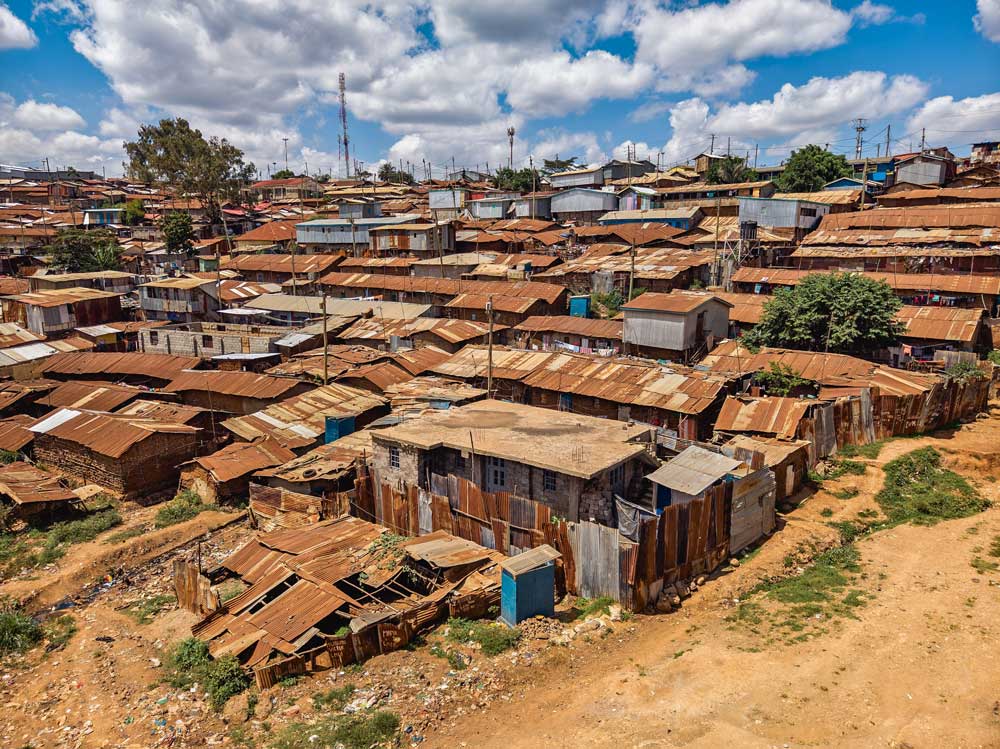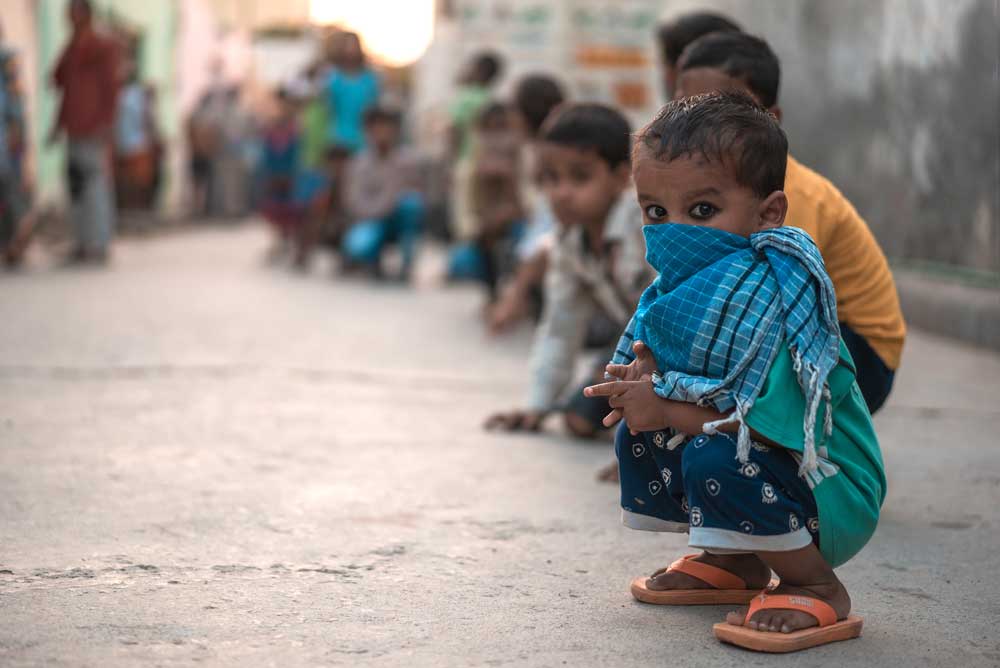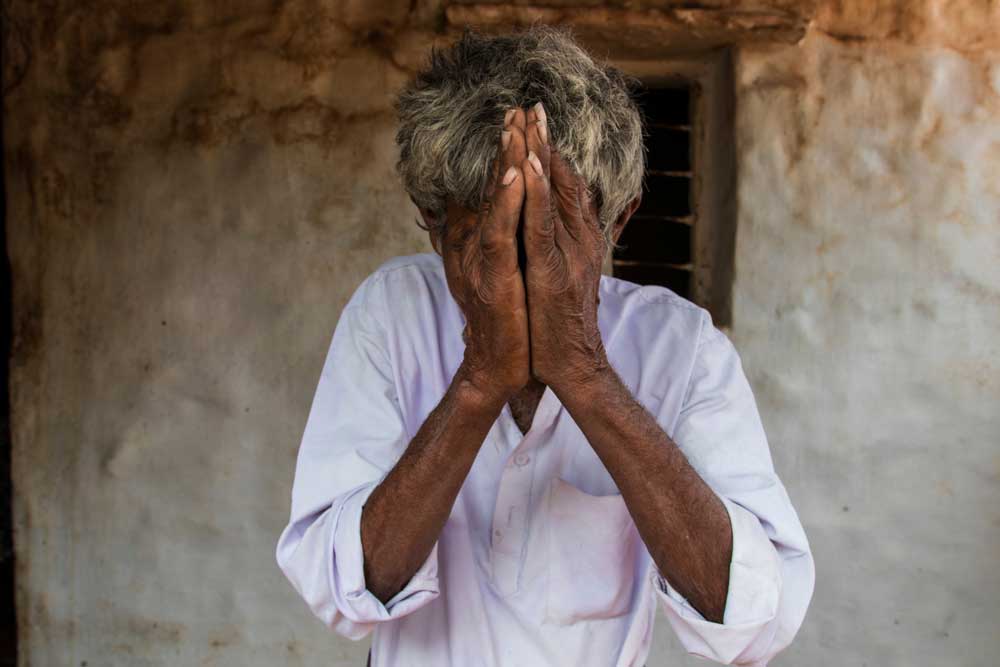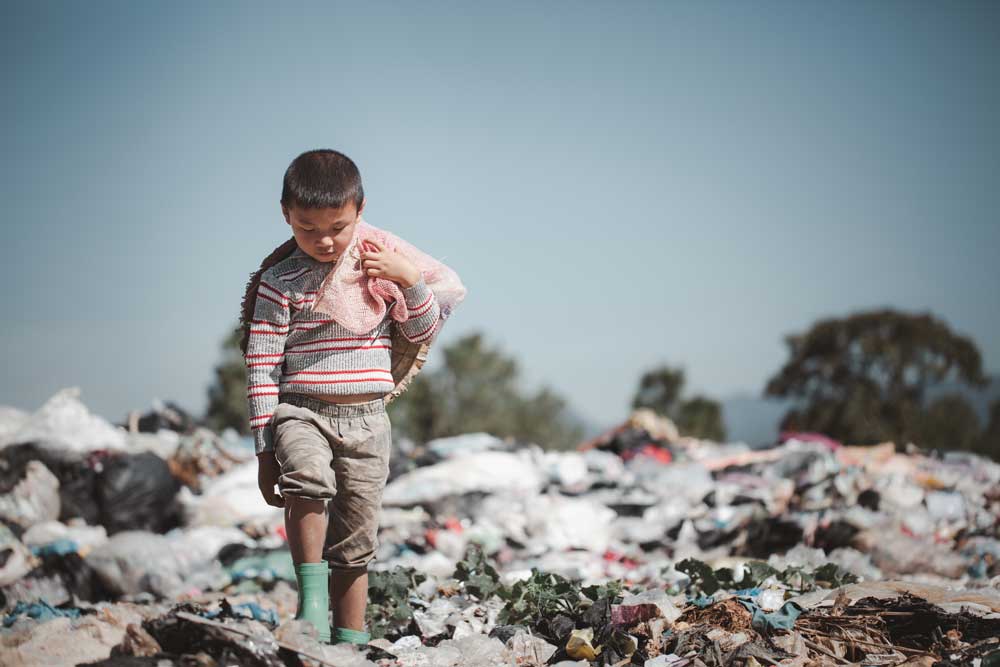Recent figures from the World Poverty Clock reveal a remarkable achievement for India. The country has managed to reduce extreme poverty to below 3 per cent of its population. This milestone represents a significant stride towards fulfilling the United Nations' first Sustainable Development Goal (SDG), which aims to end extreme poverty by 2030.

The World Poverty Clock, which provides real-time estimates of global poverty until 2030, is a crucial tool for monitoring progress against extreme poverty. Funded by the International Fund for Agricultural Development (IFAD) and Germany’s Federal Ministry for Economic Cooperation and Development, it tracks the number of people living in extreme poverty around the world. The Clock breaks down this data by age, gender, and whether people live in rural or urban areas, showing both those escaping poverty and those falling back into it.

Key Insights From The World Poverty Clock
Extreme poverty is defined by the World Poverty Clock as living on less than $2.15 a day. According to the latest figures, India’s extreme poverty population has dropped to approximately 3.44 crore in 2024, down from 4.69 crore in 2022. As a percentage of the total population, this represents a decrease from 3.3 per cent in 2022 to 2.4 per cent in 2024.

This significant reduction in extreme poverty not only highlights India’s progress but also supports the World Bank’s target of reducing the global share of extreme poverty to below 3 per cent by 2030. The Clock’s ’escape rate‘ measure is key to tracking this global effort.

NITI Aayog’s Report On Multidimensional Poverty
Adding to this achievement, a recent NITI Aayog report titled ‘Multidimensional Poverty in India’ since the year 2005-06 revealed a sharp decline in multidimensional poverty. The report found that multidimensional poverty fell from 29.17 per cent in 2013-14 to 11.28 per cent in 2022-23. Over this nine-year period, 24.82 crore people moved out of multidimensional poverty, reflecting improvements beyond just income, including better health, education, and living conditions.
The report, which used data from National Family Health Surveys (NFHS) and projections for years without NFHS data, underscores how India has addressed various aspects of poverty.

The Path Forward
India’s reduction in extreme poverty brings the nation closer to achieving SDG target 1.1, which aims for global poverty eradication by 2030. This goal is ambitious, striving for zero poverty across all countries, regions, and groups, based on the $2.15-a-day benchmark.
While the latest data is promising, ongoing efforts are needed to sustain and accelerate progress. Continued focus on effective policies and global cooperation will be essential in addressing the root causes of poverty and inequality.

India’s success in reducing extreme poverty showcases the impact of dedicated efforts and smart policies, offering hope for a future where poverty is virtually eliminated.